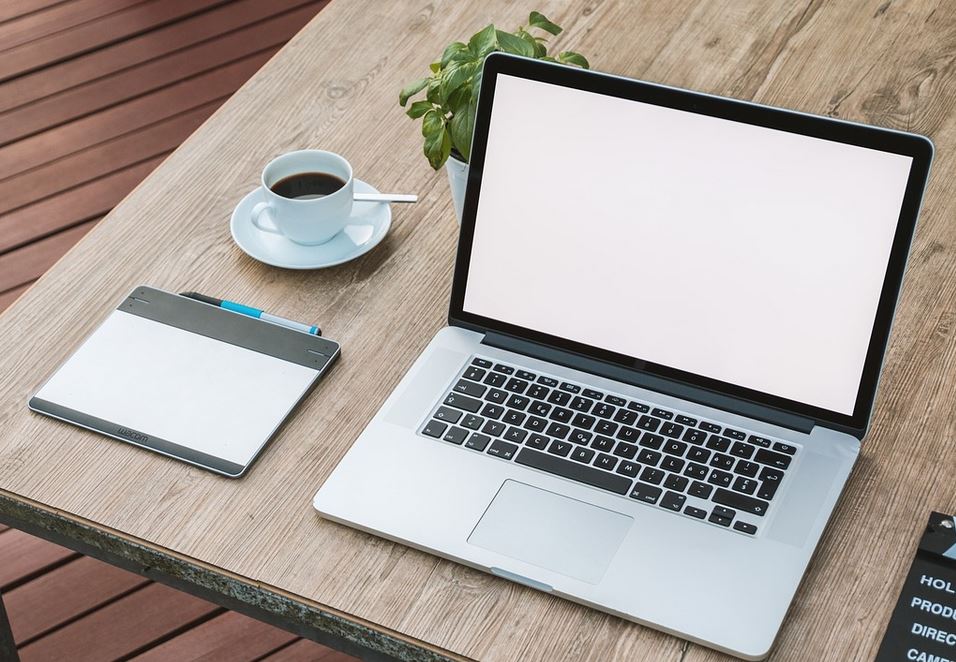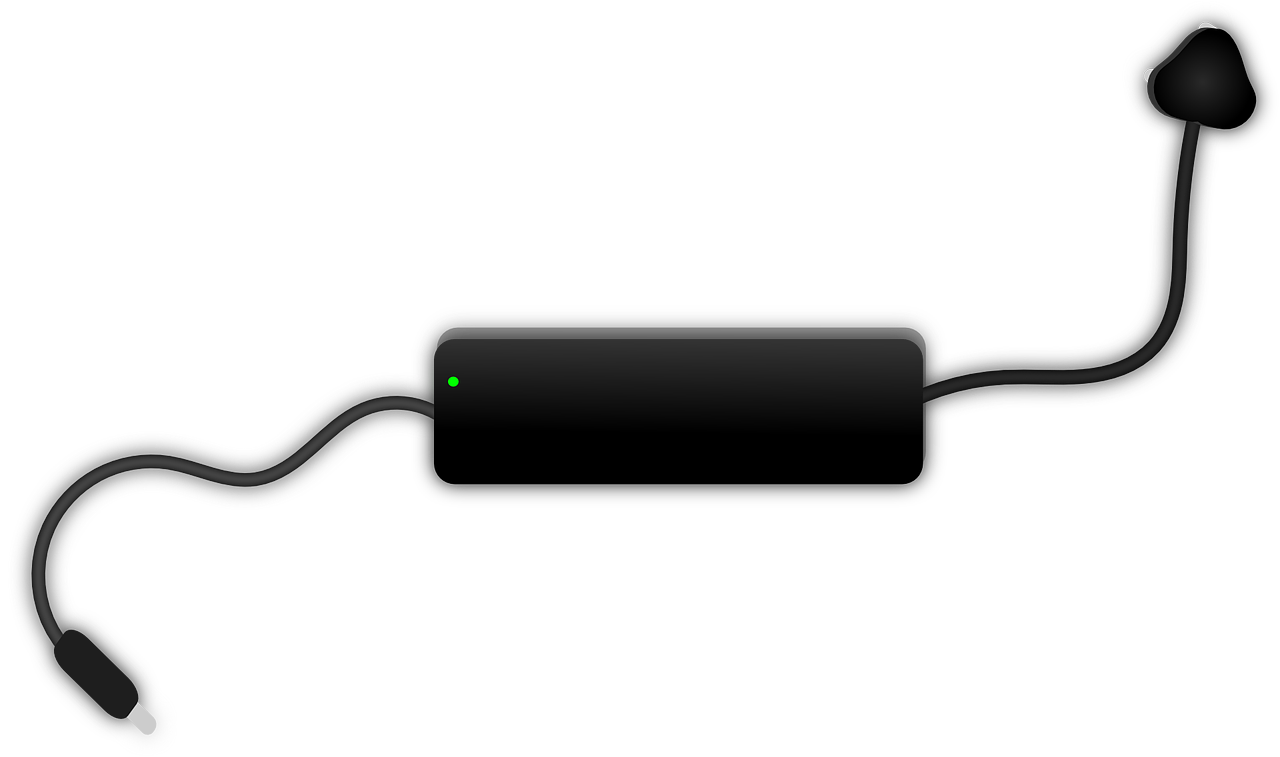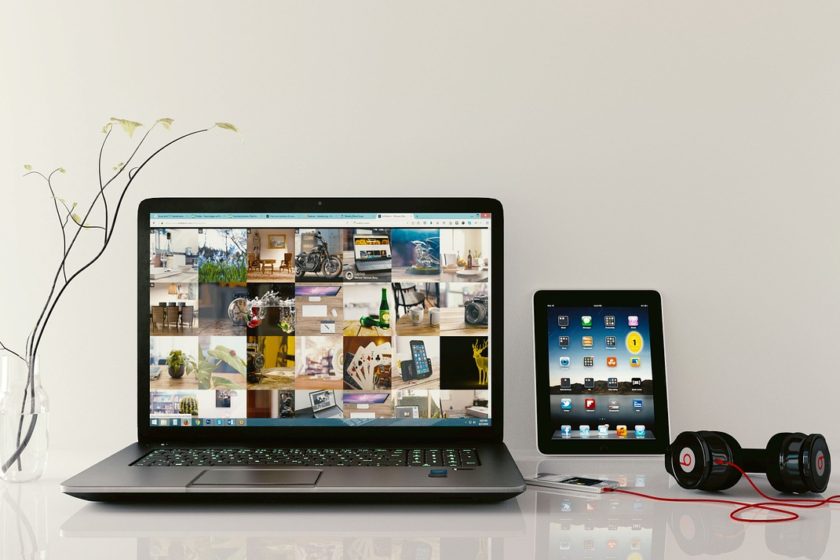Student Laptop buying guide: Buying a new laptop isn’t easy. There are a lot of things to consider, and choosing the best can get confusing really fast. You could visit amazon and make a quick search for the laptop you want by filtering by price and customer rating. But if you’re spending tens of thousands of shillings on a new laptop, you want to be sure you are getting value for your money.
Laptop Parts you should look at
Below is a list of laptops parts that you should know when shopping for a new machine for your learning needs. We are going to discuss about some of the parts listed below;
- Processor (CPU): Consider processor speed
- Hard Drive: Memory storage
- System Memory: RAM
- Display Screen
- DVD or CD drive
- External Ports
- Keyboard
- Battery
- Speaker
So, am now going to walk you through some of the things you need to consider or know to choose the best laptop for you.
Laptop Operating System
First things first. Do you prefer using Windows, Mac, or Chrome operating system? There’s no right or wrong answer, and it’s usually best to stick with what you know.
Windows is by far the most common platform, so it gives you the greatest range of laptops to choose from. Mac OS is obviously exclusive to Apple Mac books and MacBook Pros which are beautiful machines and really easy to use. But they are also relatively expensive. There isn’t much variety when it comes to either Mac or Chrome and the latest models running on either operating system have a limited range of ports. So unless you’re already a Macbook fanatic, we’d recommend you stick with what you know.
Ideal Laptop Screen Size
Choosing the best laptops according to screen size depends on what you want to use the laptop for. The ideal screen size for regular productivity would be 14 or 15.6 inches. However, the screen size you go for may vary depending on your use and budget. Mini laptops have 11-inch screens and are light and relatively cheap, so they are the perfect choice for someone who travels a lot and is looking for a budget laptop.
The screen resolution is also something you want to look out for. If your university or college class work involves visual designs or want to experience your movies or games in their full clarity, look for a laptop with a full HD screen. That’s a screen resolution of 1920 by 1080.

Laptop Performance
There are three main things things to consider when looking at performance: The processor, RAM, and graphics card. You should especially be keen on the gigabytes in the graphics if you run intensive workstation applications or are into gaming.
Mid-range and high end laptops come with an Intel Core i3, i5, or i7 processor. The suffixes (3, 5 and 7) don’t really say anything about the number of cores in the processor, but generally speaking, higher the number the better the performance you can expect to get.
Unless you are doing to do lots of photo or video editing or similar intensive tasks, a laptop with a core i5 processor will serve your needs really well. But even as you consider the number of cores in the processor, look for what generation it is. Every year, Intel refreshes and makes improvements on its processor chips. Core i5 laptops with the latest eighth generation processors come with four or six physical cores (rather than the two physical cores in earlier generations) which means you can do more with them. If you can’t get a laptop with an eighth generation processor, get one with a seventh generation processor, or one with a sixth generation processor, at the very least.
Some cheaper laptop models will come with a Pentium or Celeron processor. But unless you plan to use your laptop for light, basic tasks or you are working on a super tight budget, get a laptop with a core i3 processor, at the minimum.
Below is a list showing how Intel processors have evolved;
- Pentium I (1993)
- Pentium II (1997)
- Celeron (1998)
- Pentium III and Pentium III Xeon (1999)
- Pentium IV (2000)
- Xeon (2001)
- Pentium D (2005)
- Duo Core
- Core 2 Duo
- Core 2 Quad
- Corei3
- Corei5
- Corei7
RAM: Most laptops will come with 4, 8 or 16 gigabytes (GB) of RAM. Unless your computing needs are modest, the sweet spot when it comes to RAM would be 8 GB. For video editing, rendering or any sort of power use, it’s best to dig deeper into your pockets and go for 16 GB.
Storage: SSD or solid-state drives are faster, more durable, and more power efficient that the traditional Hard Disk Drives (HDDs). Laptops with SSDs are also more expensive than those with HDDs, but they are well worth it. If you can afford it, look for a laptop with 256 or 512GB SSD storage.
Laptop Battery Life
How long should your laptop battery last? Anything above six hours is decent. But since most brands test their batteries at low screen resolution and brightness with no tasks running, the battery life the manufacturer quotes may not be what you get. If the label says 6 hours of battery life, you can expect about 4 hours of battery life during normal use. The battery life will be affected by things like the type of processor your laptop has, the heaviness (so to speak) of the applications you run, and the screen resolution you apply.

Which Laptop to Buy
Let’s keep things simple.
If you have a budget of, say, $520, you should look for a laptop with an Intel Core i5 processor, 4GB of of RAM, and at least 500 GB HDD storage. If you are working with a budget in excess of $1000, then you can go for a laptop with a Core i7 processor and at least 16 GB of RAM.

Leave a Comment